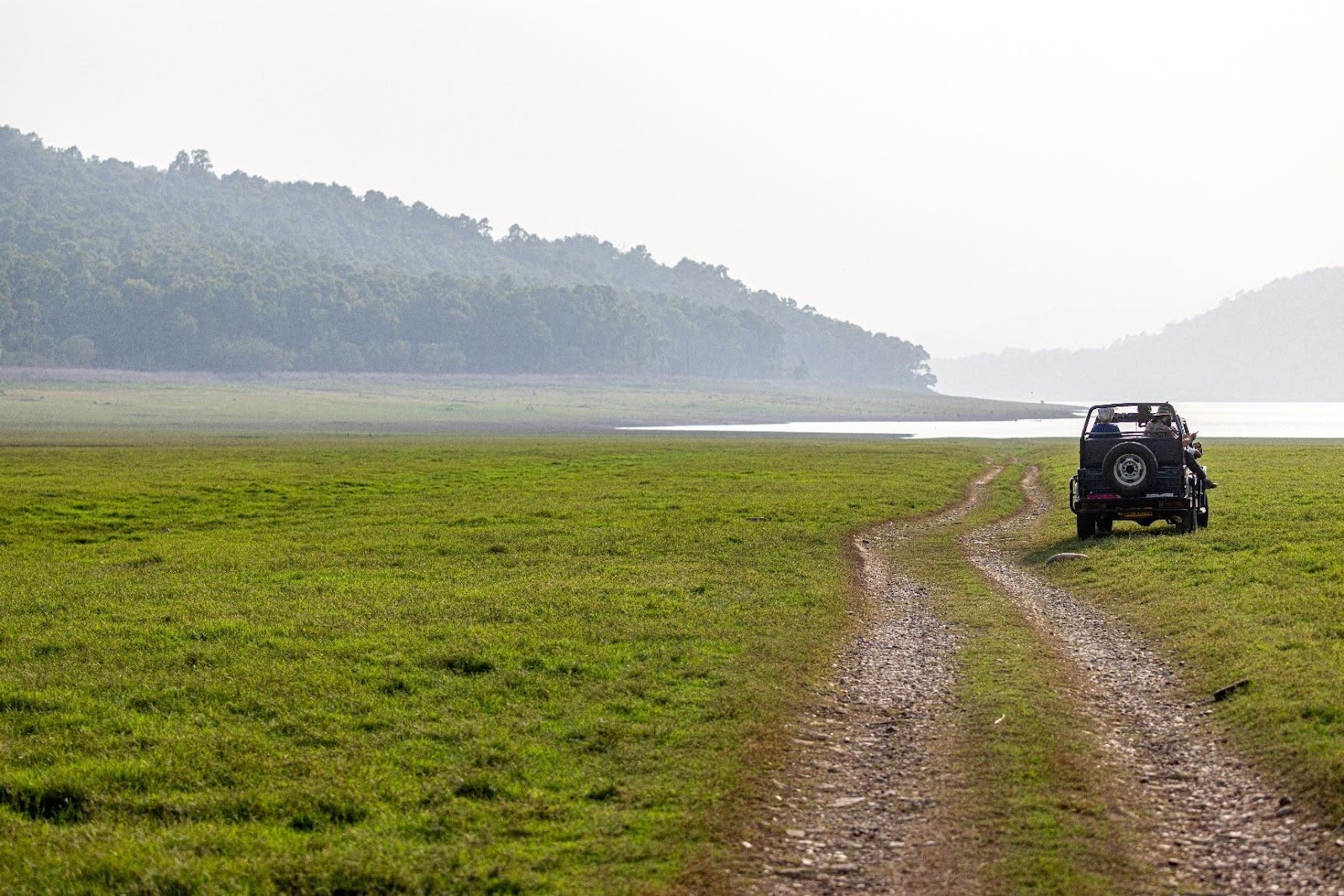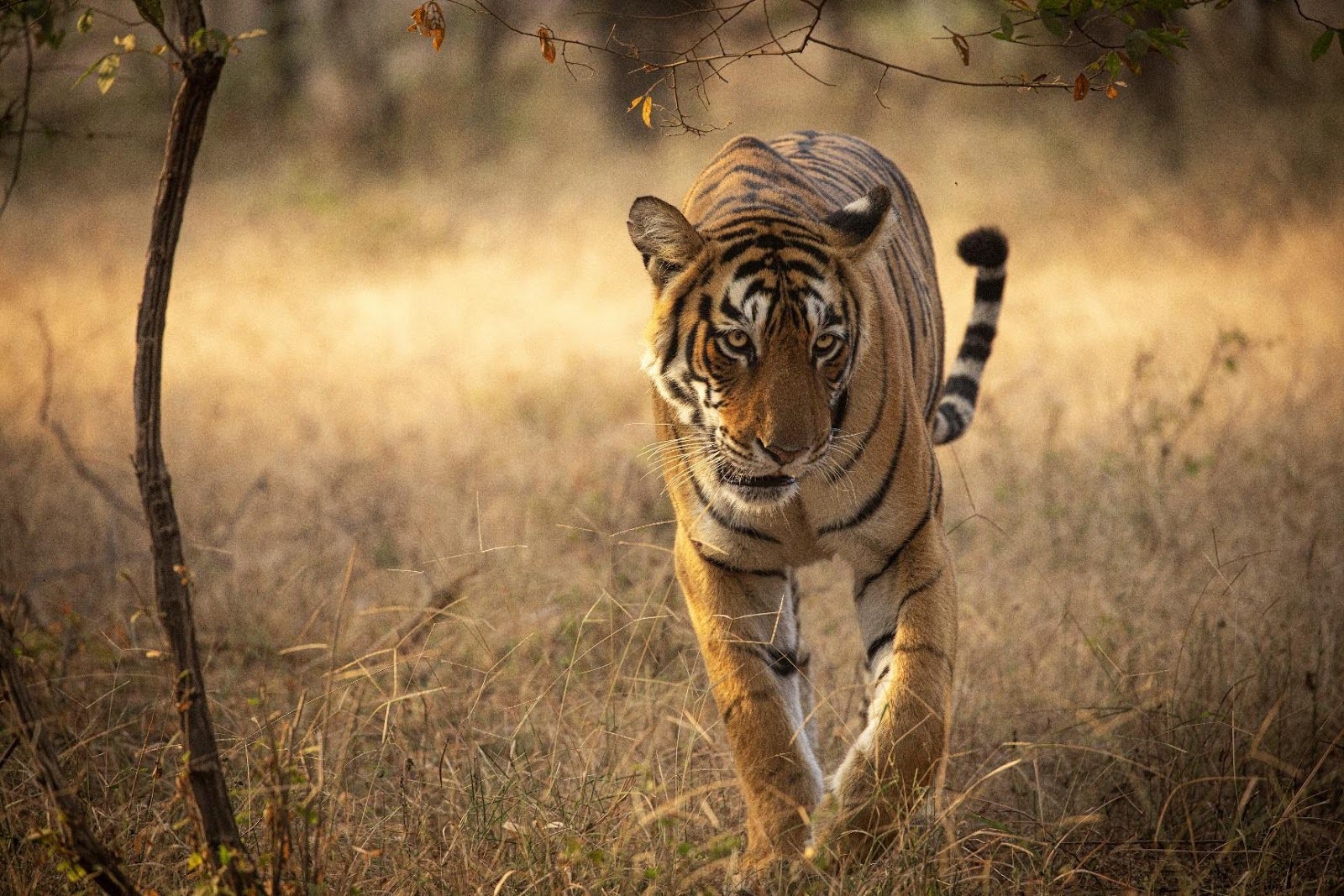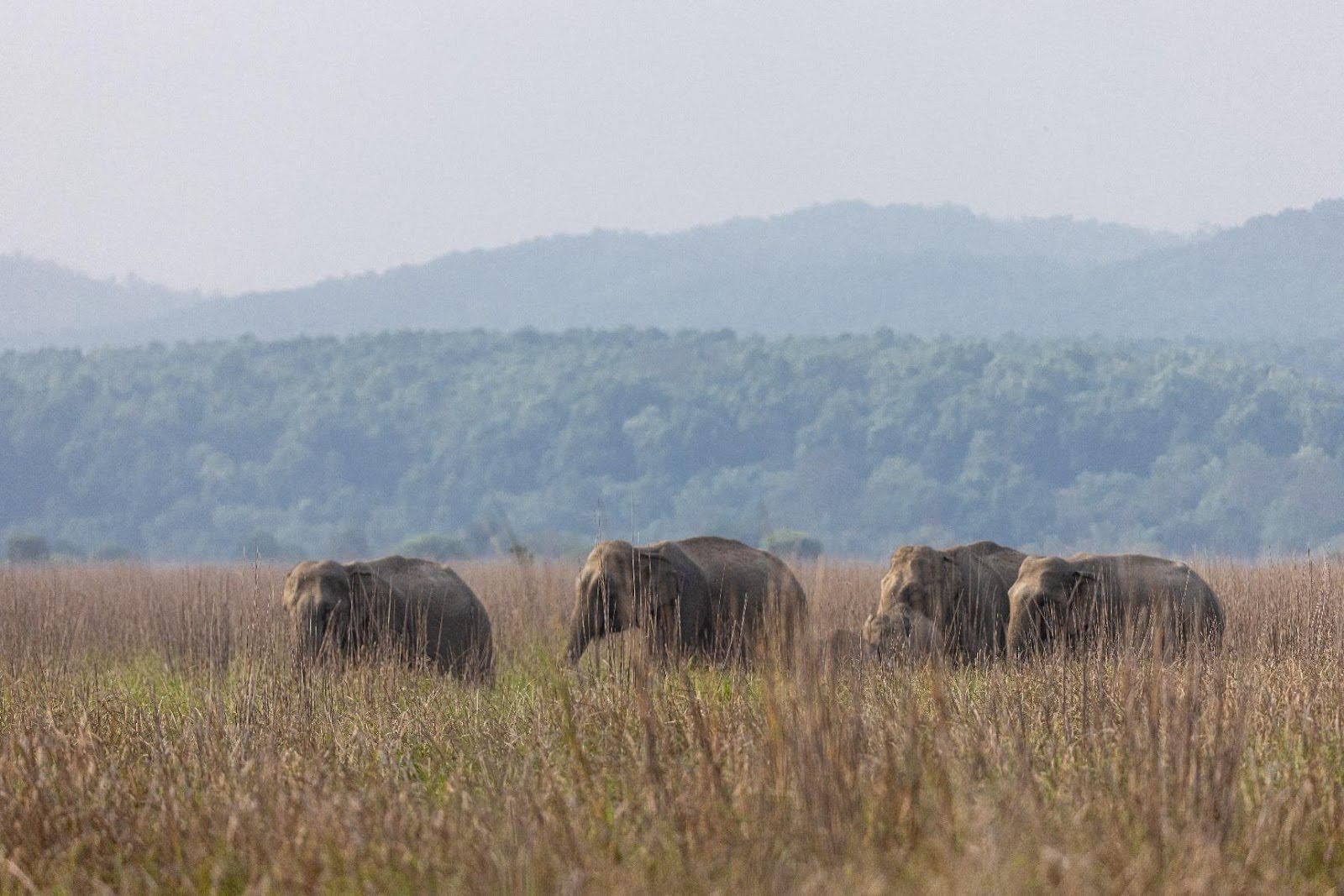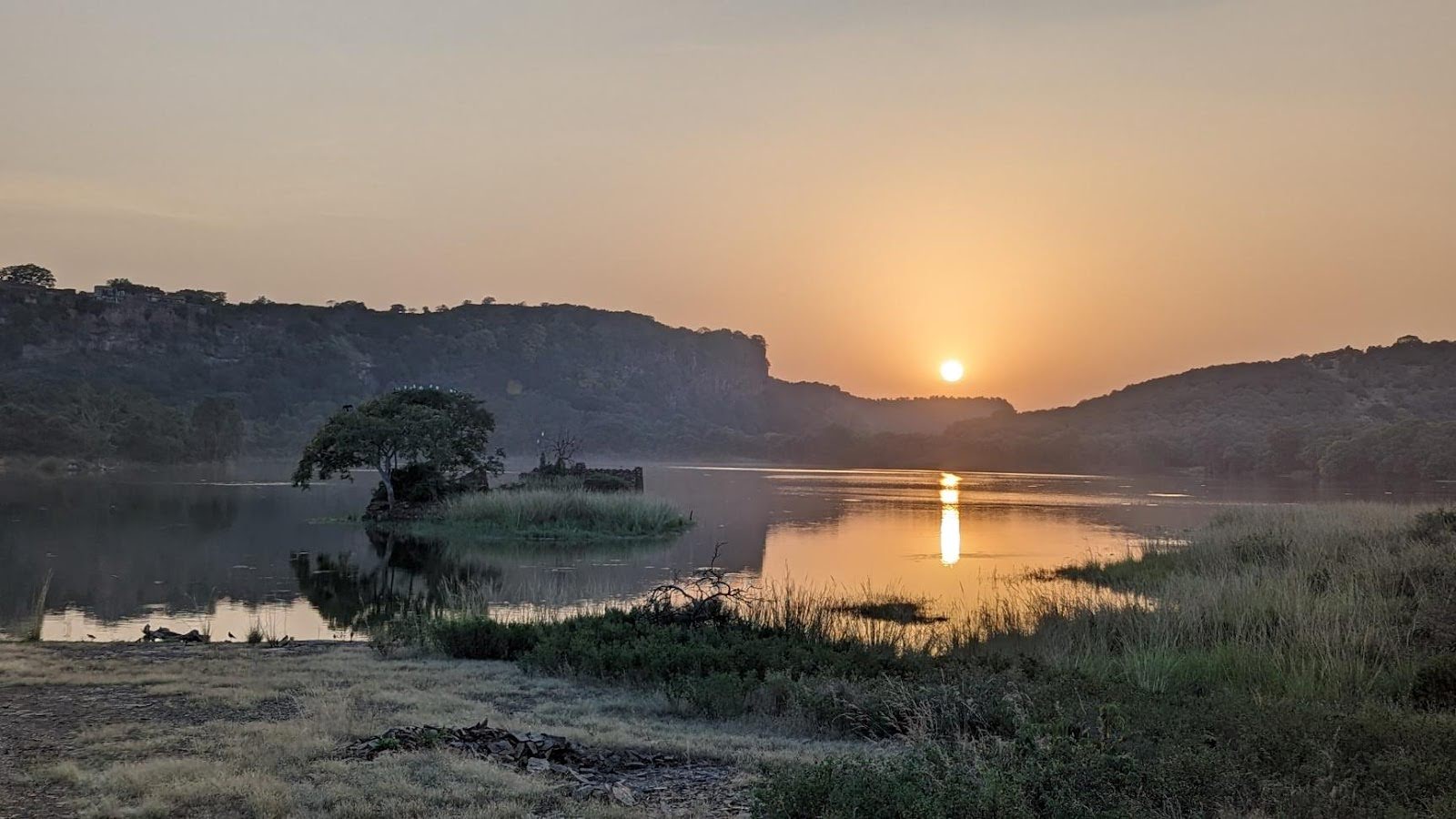Ranthambore vs Jim Corbett: Which Wildlife Safari Should Photographers Choose?
Photographing wildlife is as much about timing and setting as it is about skill. For photographers, whether beginners or seasoned professionals, choosing the right park can make or break your photography journey. Two of India’s most celebrated reserves, Ranthambore National Park in Rajasthan and Jim Corbett National Park in Uttarakhand, are top contenders for anyone planning a wildlife safari with photography in mind.
Both parks are known for tigers, diverse habitats, and unique visual drama. But the experience behind the lens differs. This comparison guide with Into the Wild breaks down what each park offers to photographers, from terrain and light to wildlife behaviour and logistics, so you can decide what to focus on on your next shoot.
Landscape & Lighting Conditions
Photography thrives on good light and dynamic backdrops. Here’s how these parks stack up:
-
Ranthambore Photography Condition:
Think rugged cliffs, dry deciduous forests, and ruins that add drama to every frame. The old Ranthambore Fort rising above the jungle often sneaks into your compositions, giving context to wildlife shots. The semi-arid landscape reflects warm tones during golden hour, making morning and evening safaris a dream for anyone chasing light.
-
Jim Corbett Photography Condition:
Corbett is lush, with dense sal forests, rolling grasslands, and rivers weaving through the terrain. This variety gives you layered backgrounds, but the thick vegetation also means filtered light and occasional challenges in visibility. Early mornings often come with mist, which can turn simple shots into moody portraits if you know how to work the settings.

If you love wide, open frames with dramatic ruins and vibrant hues, Ranthambore is unbeatable. Corbett, however, offers more textured and naturalistic frames for those who appreciate complexity and atmosphere.
Animal Visibility
For photographers, subject visibility is key. You might wait hours for a single frame, so the park’s openness matters.
-
Ranthambore Animal Visibility:
Tigers here are famously tolerant of vehicles. Combine that with relatively open forests and rocky outcrops, and you get clear shots when a tiger walks across a dry track or lounges by a waterhole. Sightings are frequent, which means more time behind the camera and less waiting in silence.

-
Jim Corbett Animal Visibility:
Spotting a tiger in Jim Corbett is a reward for patience. The dense sal forest and tall grass often hide big cats, so you’ll need a sharp eye and quick reflexes. But Corbett offers opportunities for elephants, gharials, and birds in scenic riverbeds, which can add variety to your portfolio.

For reliable tiger photography, Ranthambore takes the lead. For diverse frames of elephants in rivers, birds in flight, and misty forests, Corbett is a strong choice.
Best Time for Photography
-
Ranthambore Photography Time:
October to April is prime time for soft, flattering light. Summers (April–May) offer stark, high-contrast images with animals gathering at waterholes, but prepare for intense heat.

-
Jim Corbett Photography Time:
November to February delivers stunning misty mornings and diffused light ideal for creating atmospheric shots. Summers are better for tiger sightings, but harsh sunlight can be tricky without filters.
Safari Dynamics
The rhythm of the safari impacts how much time you get to frame your shot.
-
Ranthambore Safari:
The park has multiple zones and a relatively high number of vehicles per slot. While that increases your chances of sightings, it also means sharing frames with other jeeps if you don’t plan well. Still, the open habitat gives room to capture clean compositions.
-
Jim Corbett Safari:
Here, the focus is on core zones like Dhikala, where overnight stays in forest lodges are allowed. These night halts are gold for photographers; they let you catch the soft pre-dawn and post-sunset light without rushing back. The downside? Limited permits, so planning is non-negotiable.
Accommodation & Add-On Experiences
- <
-
Ranthambore Stay:
Lodges here cater heavily to photographers. Expect early breakfast services, camera gear support, and even guided photo tours. Many accommodations sit close to park gates for quicker access.
-
Jim Corbett Stay:
Dhikala Forest Rest House is a dream stay for photography enthusiasts, putting you right inside the core zone. Beyond that, Corbett’s eco-resorts offer riverside setups that allow birding and landscape photography without stepping out.
Quick Comparison Table: Ranthambore vs Jim Corbett
| Feature | Ranthambore National Park | Jim Corbett National Park |
|---|---|---|
| Location | Rajasthan, near Sawai Madhopur | Uttarakhand, near Ramnagar |
| Photography Landscape | Open forests, rocky cliffs, ruins for drama | Dense sal forests, rivers, and misty mornings |
| Tiger Sightings | High chances; tigers are vehicle-habituated | Moderate; thick vegetation makes spotting harder |
| Other Wildlife Animals | Leopards, sloth bears, marsh crocodiles | Elephants, gharials, and diverse birdlife |
| Lighting Conditions | Warm tones, clear golden hour shots | Soft, misty light ideal for moody frames |
| Safari Dynamics | More vehicles, busier atmosphere | Limited permits, peaceful, Dhikala stay options |
| Places to stay Options | Heritage lodges, luxury tented camps | Eco-resorts, forest rest houses inside the core zone |
| Best time to visit | Oct–Apr for photography; Apr–May for tigers | Nov–Feb for misty frames; Apr–May for big cats |
| Who Should Choose | Photographers chasing bold tiger portraits | Those who love atmosphere & natural landscapes |
Which Park Wins for Wildlife Photography?
If your goal is multiple tiger frames in diverse settings with minimum effort, go for Ranthambore. Its terrain, light quality, and tiger density make it a hotspot for bold, magazine-style images. If you crave atmosphere, mist rising over rivers, elephants by water, and a kingfisher against emerald foliage, Jim Corbett is your canvas. It’s for photographers who love mood and detail more than predictable sightings.
Final Thoughts
Both parks demand preparation, patience, and respect for the wild. Ranthambore offers big, bold opportunities, while Corbett rewards subtle storytelling. Into the Wild helps you in deciding, but your choice depends on the story you want your lens to tell: drama or depth. Either way, carry extra batteries, wake up early, and let nature set the stage. Because in wildlife photography, the best shots often come when you least expect them.
FAQ’s
Q1: Which park offers better tiger photography opportunities, Ranthambore or Jim Corbett?
A: Ranthambore is better for frequent tiger sightings in open landscapes, making it easier to capture clear frames
Q2: Is Jim Corbett worth it for photographers if tiger sightings are rare?
A: Absolutely. Corbett’s landscapes, rivers, and rich birdlife make it a paradise for atmospheric and diverse wildlife shots
Q3: Can I stay inside these parks for early light shots?
A: Yes. Dhikala in Corbett allows overnight stays. Ranthambore doesn’t allow core-zone stays but offers lodges close to entry gates for quick access.
Q4: Which season is best for photography in Ranthambore & Jim Corbett National Park?
A: For Ranthambore, October–April is ideal. For Corbett, November–February offers magical mist and soft light, while summer increases tiger chances
Q5: Do I need special permits for carrying professional photography gear?
A: Both parks allow cameras but charge extra for high-end video gear.

